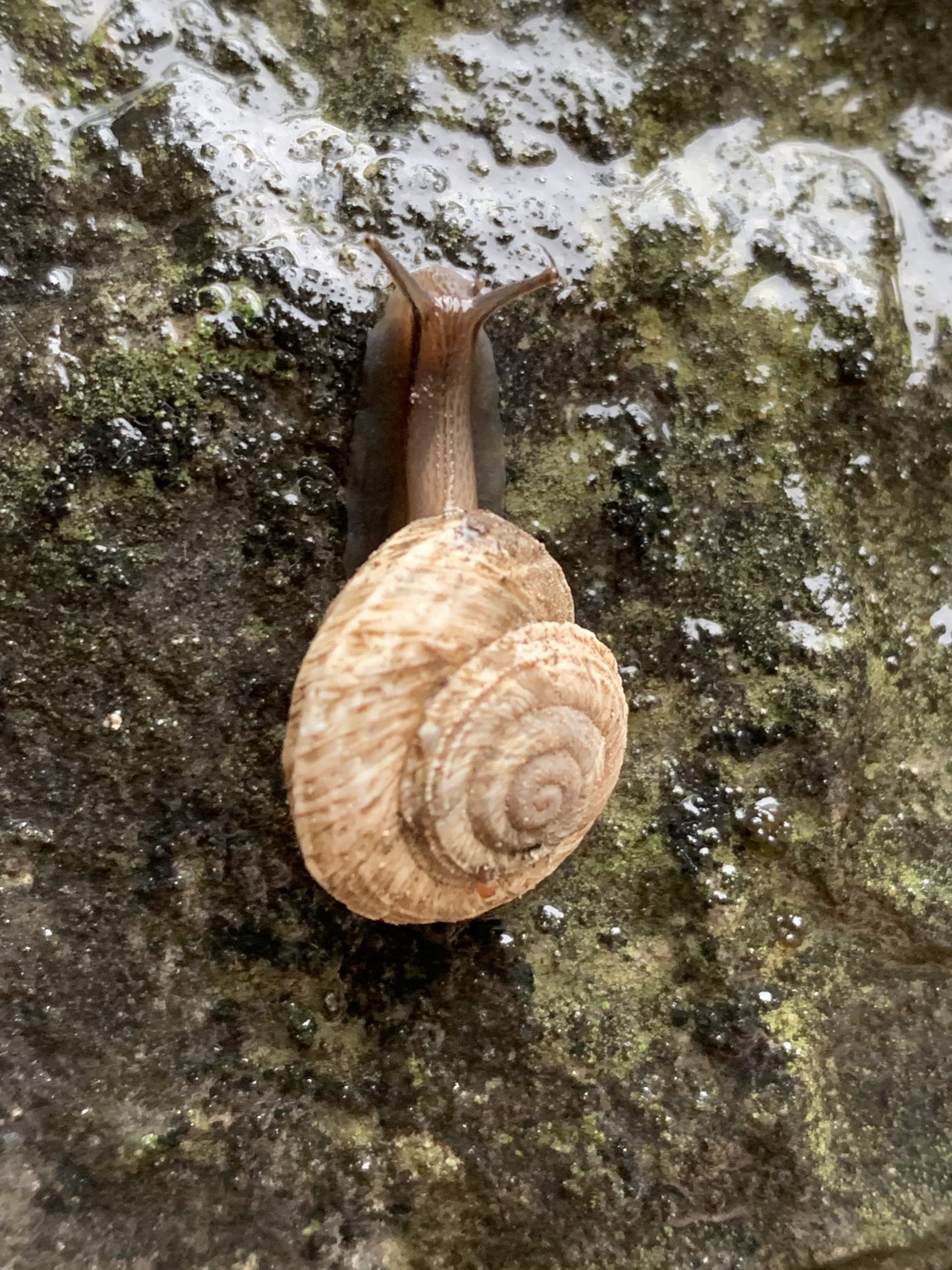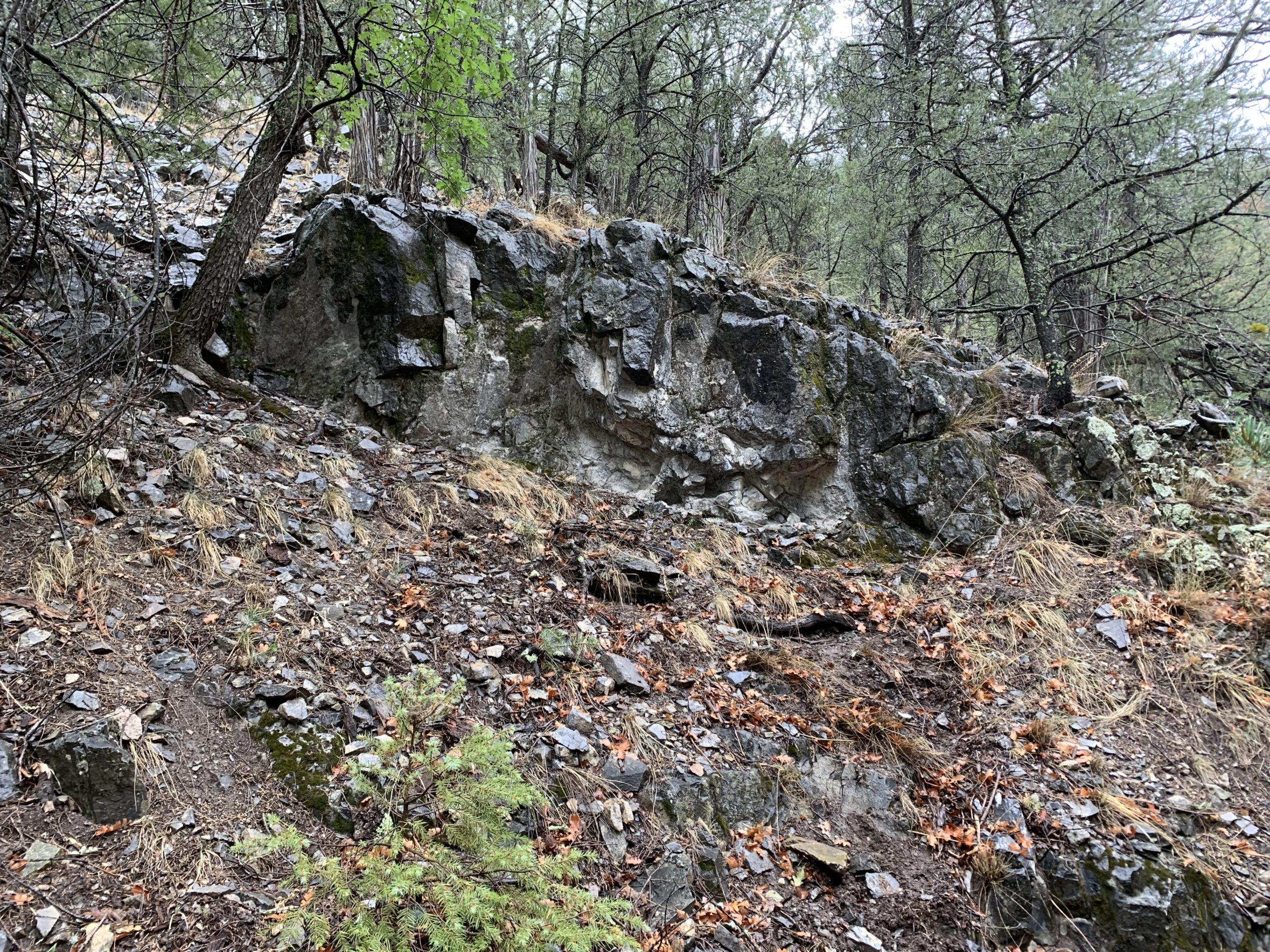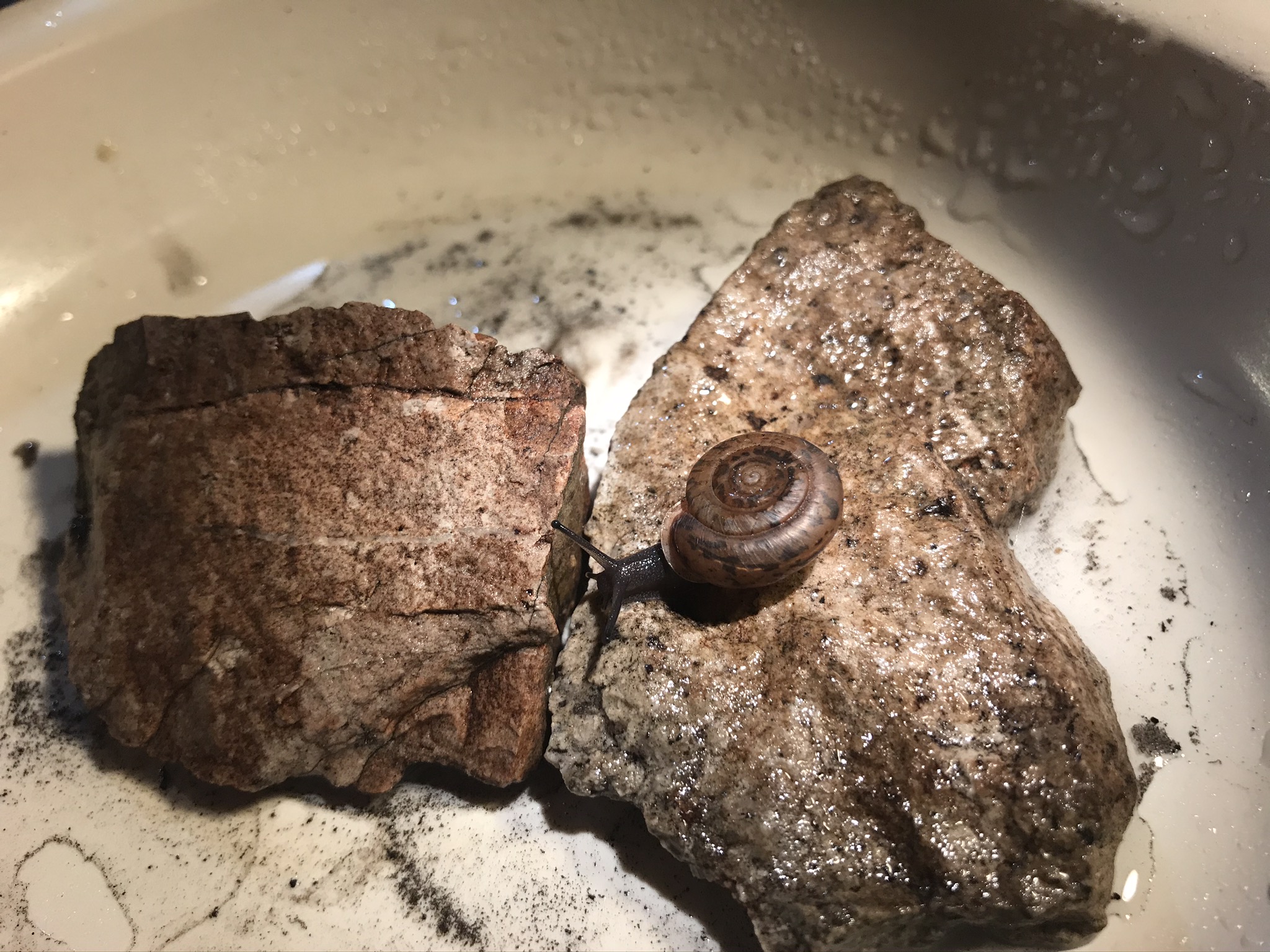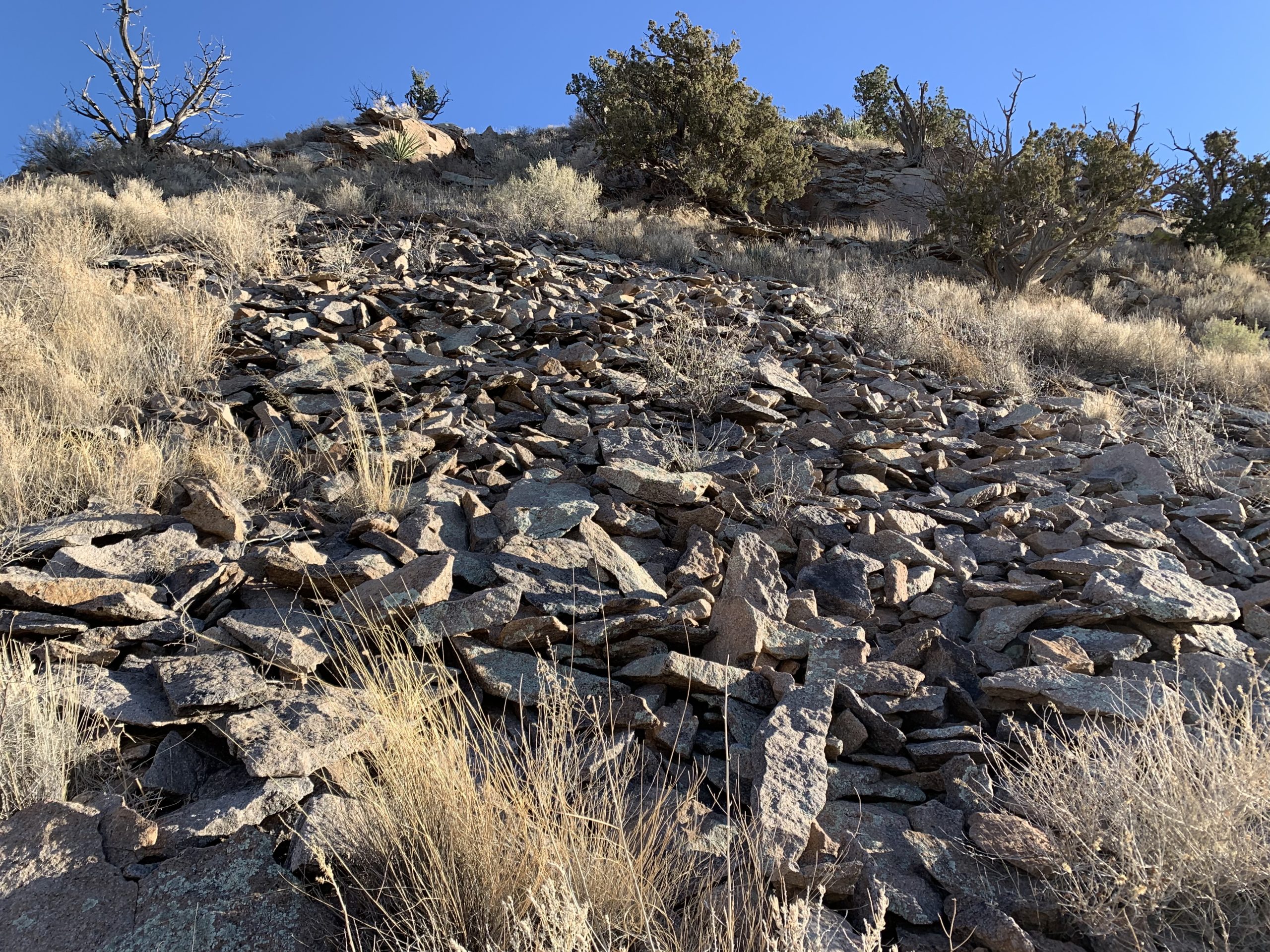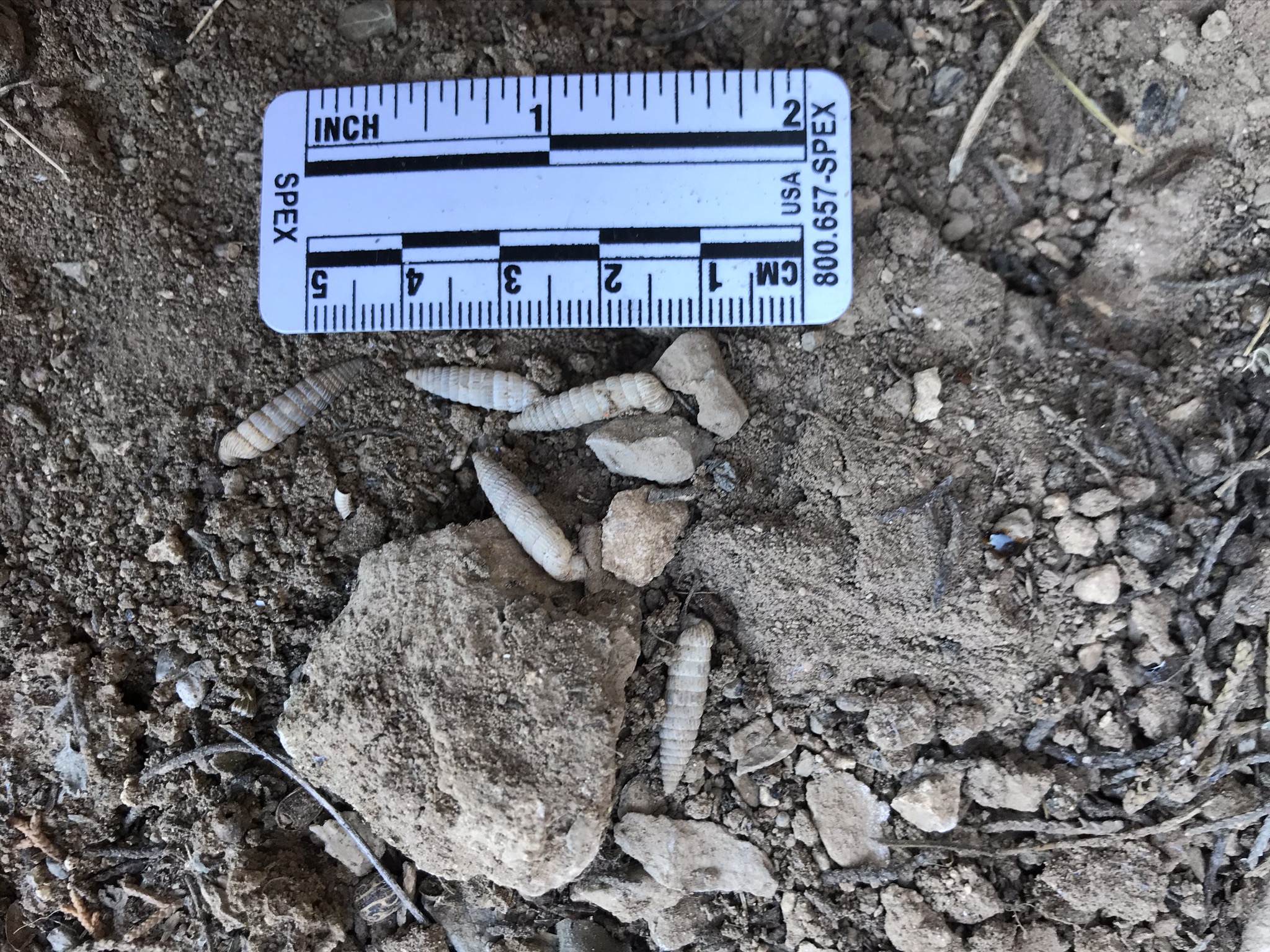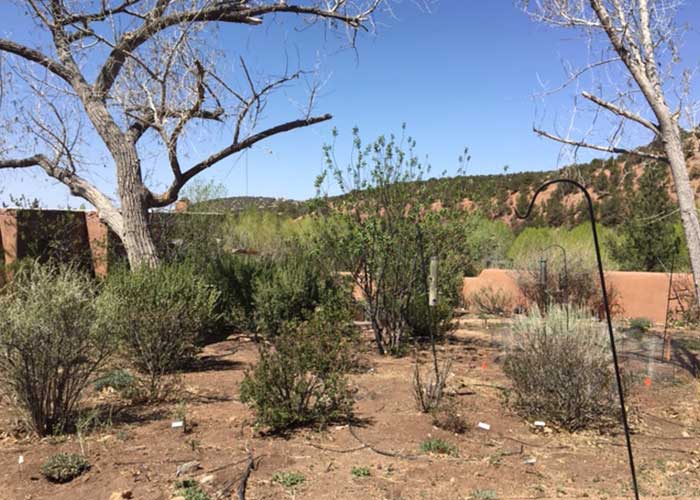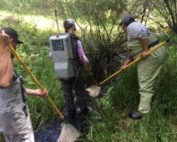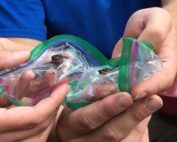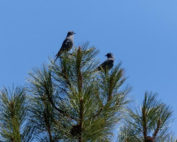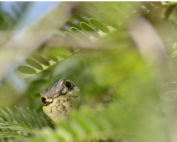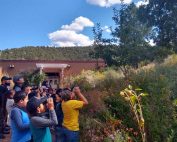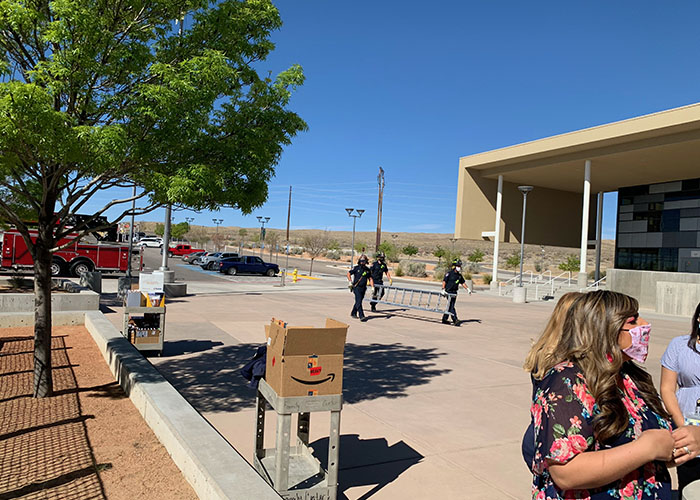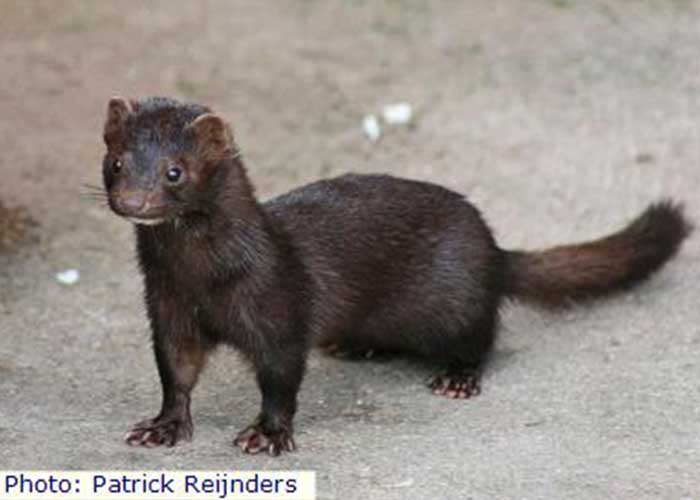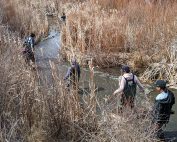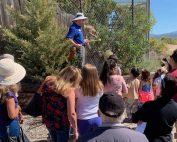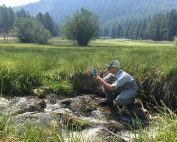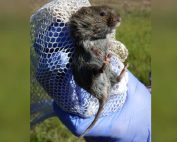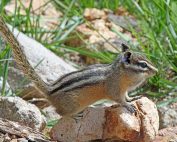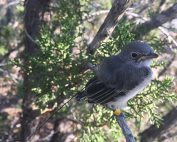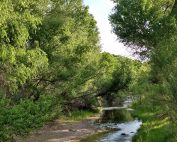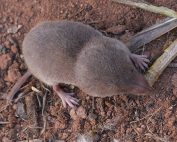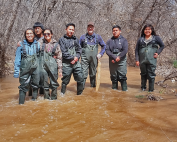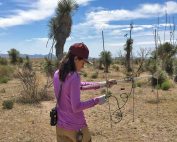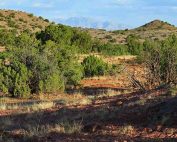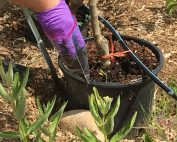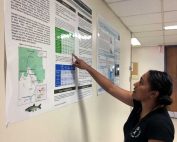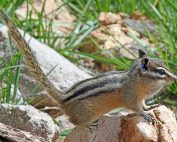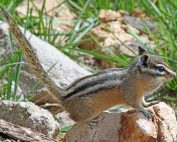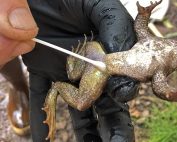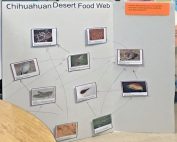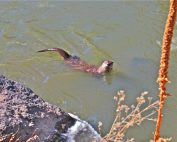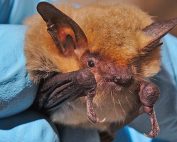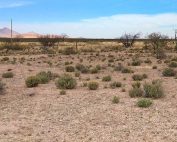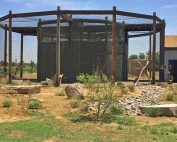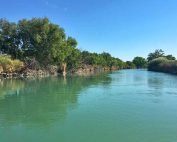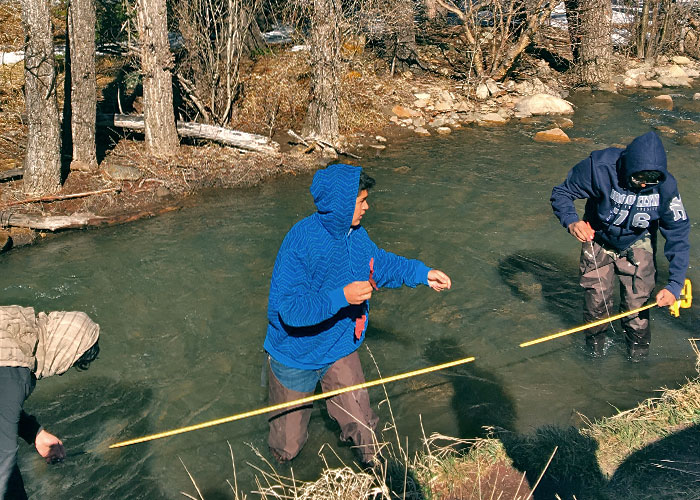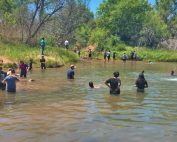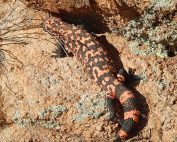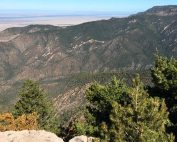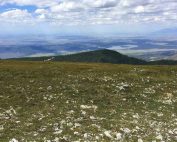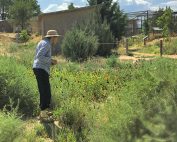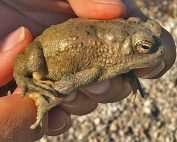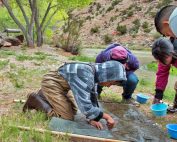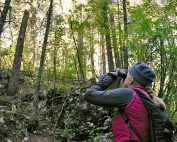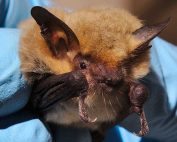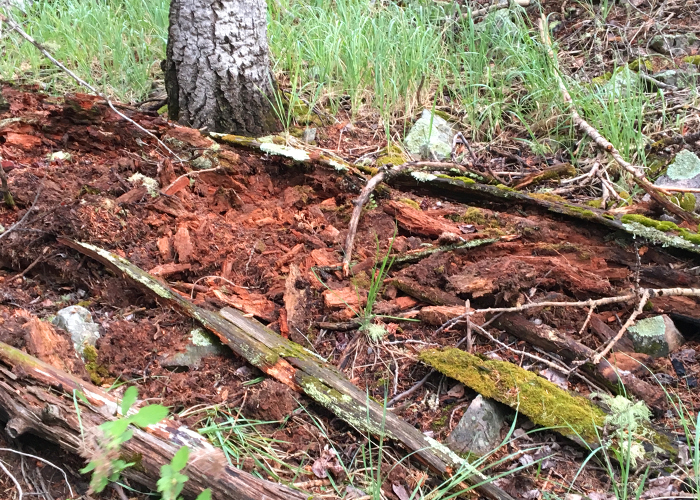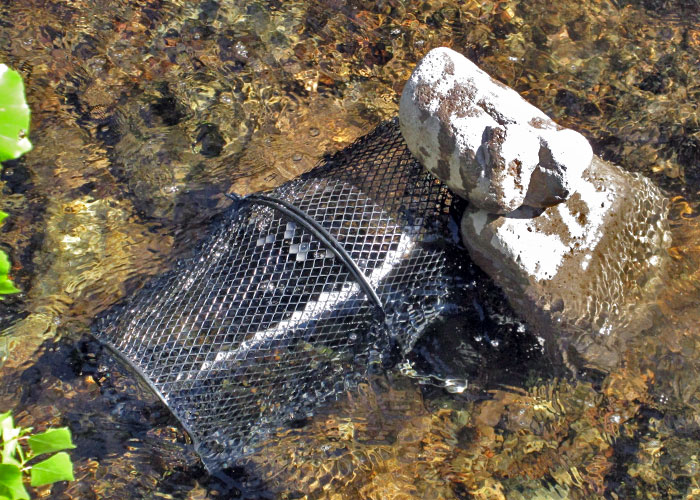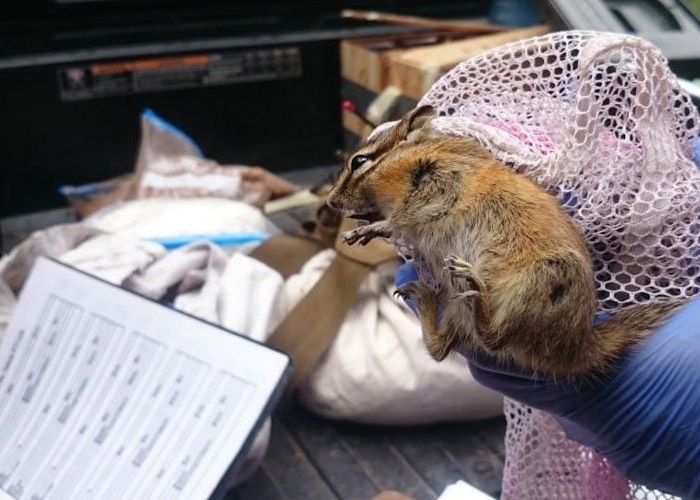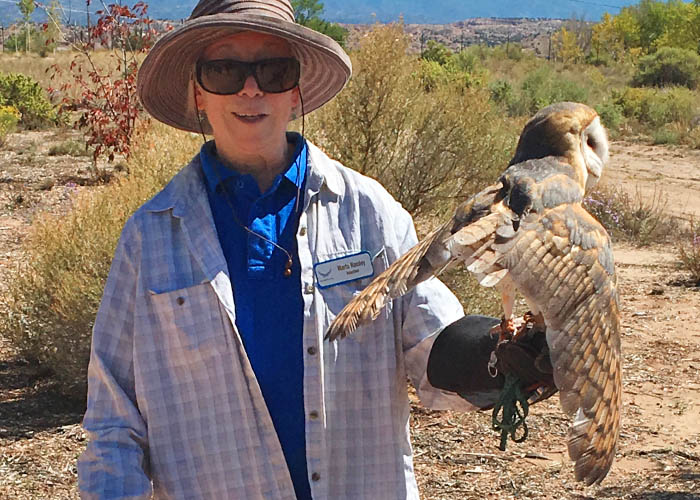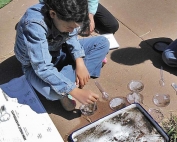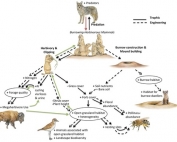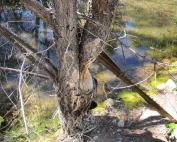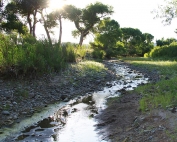Share with Wildlife Stories
Project Highlight: How are Rare Terrestrial Snails Faring?
How many rare snails can still be found in locations where they used to occur? Are there certain sources of disturbance likely to negatively impact these snails? These are some of the questions that Eric Wallace tried to answer during surveys carried out in very rugged, remote parts of southwestern New Mexico in 2020 and 2021. This work was completed in partnership with the Share with Wildlife program at the New Mexico Department of Game and Fish (Department).
The geographic ranges of many of the terrestrial snails in New Mexico, especially those listed as Species of Greatest Conservation Need (SGCN) in the State Wildlife Action Plan for New Mexico, are somewhat restricted with some species only being found in a single, isolated mountain range or even within a single canyon of a mountain range. With such limited geographic ranges, these species may be significantly impacted by natural (or man-influenced) catostrophic disturbances (such as wildfire). Eric initiated his project by gathering hundreds of historic records of terrestrial snail species occurrences from published and unpublished sources. He used these records to inform field surveys at over 60 sites in 2020 and over 80 sites in 2021. He found 9 of the 10 targeted terrestrial snail SGCN; the one species he did not find has not been observed since the early 1900’s.
Eric found that surveying during wetter periods, especially following summer rainstorms, led to greater success in detecting live snails because this is when snails are most surface-active. During the drier times of the year, land snails remain inactive in a state of rest (i.e., estivation). His observations nearly doubled the known (and highly restricted) range of one species, the Mineral Creek mountainsnail, which was first recorded in 1919. He also found that different species faced different threats. For example, the only species potentially threatened by recreational use of its habitat was the Doña Ana talussnail, although this threat may be low. The Mineral Creek mountainsnail may be impacted by livestock grazing within its riparian-adjacent habitat. Catastrophic wildfire was identified as a threat to several SGCN with particular impacts noted to the Silver Creek woodlandsnail and Cooke’s Peak woodlandsnail. Fire can reduce canopy cover and ground cover, thus drying out local habitats by greater sun exposure, including those areas important for terrestrial snails. Fires can also kill snails directly while burning and afterwards during post-fire debris flows and erosion. Cooke’s Peak woodlandsnail, Doña Ana talussnail, and Mineral Creek mountainsnail are currently under review for potential federal listing under the Endangered Species Act.

